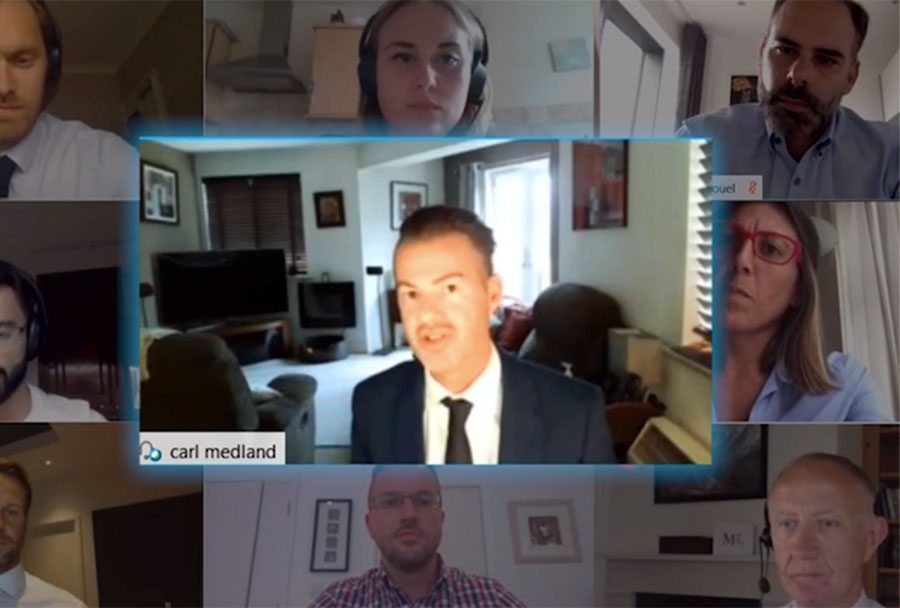In such a short amount of time, virtual communication and video conferencing have become such a huge part of the professional world globally.
It doesn’t take long to figure out that this is a direct result of lockdown and social distancing measures enforced by governments in the majority of countries worldwide.
While employees would usually travel across cities, countries and continents to meet with clients and business associates, it is now much more common to log onto Zoom and carry out business this way.
Back in April, it was announced that daily users on Zoom had risen by 535% compared to pre-lockdown numbers, with other video conferencing software and platforms seeing significant boosts also.
While video calls provide a quicker and simpler way to communicate, they should be treated with the same level of professionalism as a meeting in person would be.
After all, employees are still representing their company, meaning that internal and external communications with clients, customers or stakeholders, for example, are crucial, especially with so much business disruption of late.
To help employees improve their presence and surroundings on video calls and virtual conferences, we have put together three useful tips to implement into a daily routine below.
1 Create the best environment
A typical meeting environment is set up to accommodate all parties within the meeting. Each individual is given their own seat and space, usually facing the person who will lead the discussion.
The difference with video conferencing, however, is that each participant will be attending the meeting from vastly different locations and environments.
If you are presenting or pitching in a meeting, you want to ensure that you are creating the best environment for your audience to be able to see and hear you, as well as being able to communicate with you easily.
Best practices for setting up a professional environment for virtual calls include:
- Adding lights or lamps to your desk so people can see and read your facial expressions clearly
- Adjusting your audio settings so you can be heard loud and clear
- Curating a professional background in your home or office
- Eliminating distractions when on video calls.
2 Pitch and present with confidence
Pitching and presenting virtually is something that will be familiar to many senior employees. However, now that the majority of the workforce is expected to communicate via video, presenting to a digital audience will be new and unnerving for so many.
We have previously discussed how bankers can pitch and present virtually with confidence, highlighting that the following must be prioritised:
- Building confidence
- Communicating with impact
- Challenging your own strengths and weaknesses.
In addition, facial expressions are key to a successful presentation. In a physical meeting or presentation, facial expressions are almost as important as the topics you are discussing as they give the impression that you are confident and stand behind your own ideas.
While video conferencing is more difficult in terms of conveying key messages and feelings by reading body language, it is still possible to create an impact using facial expressions matched to the specific topic.
3 Manage your meetings effectively
In a typical office meeting, the individual presenting will stand in front of a screen or board, lead the meeting and present in this way.
With video calls, things like sharing screens and documents before and during the meeting are crucial. To manage a video conference or presentation effectively, it is important to ensure that everything is in place and ready beforehand.
In addition, it is a good idea to try and make the meeting as interactive as possible. Much like a meeting in person, questions and discussions will form a large part of any virtual meeting, meaning that managing the situation is still very much important.
MDA Training’s approach to presenting in a virtual environment
Our practical, engaging virtual workshop blends facilitator-led inputs with interactive exercises to give participants practical tools and tips that they can apply when partaking in a video conference or presentation.
Focused around five key areas including knowing your venue, welcoming clients, managing meetings, presenting with confidence and virtual forum theatres, our programmes are designed to give your people the chance to massively improve their virtual communication skills.
For more information, please download our sample programme here.









